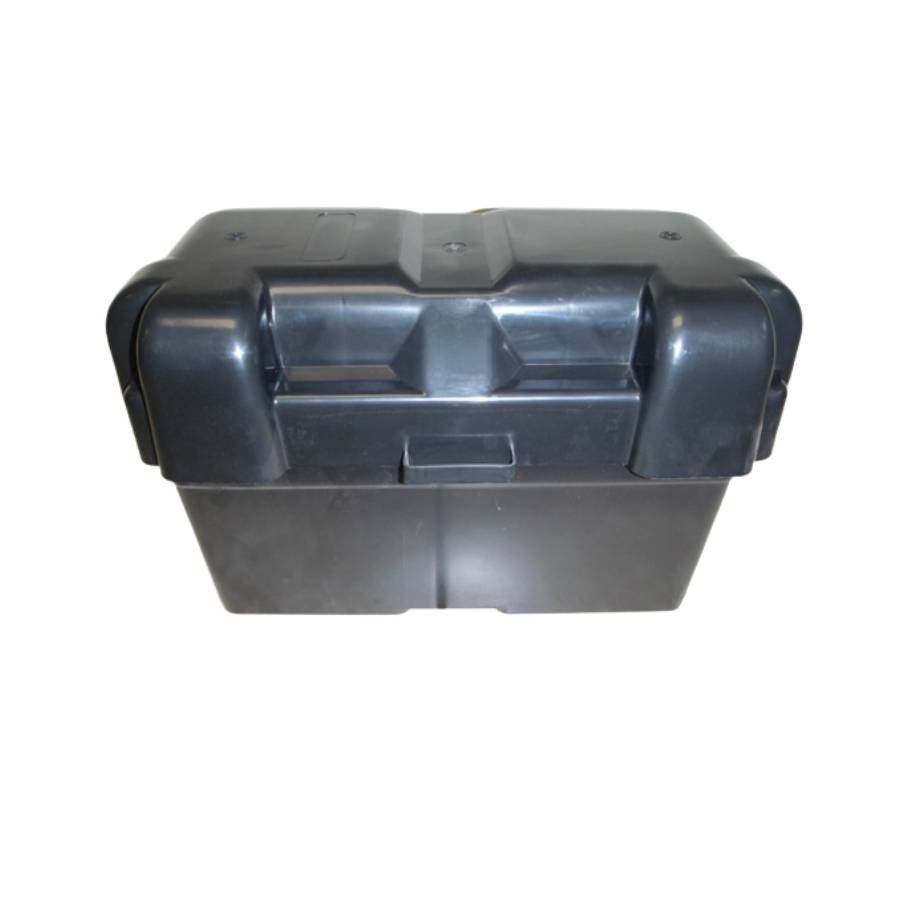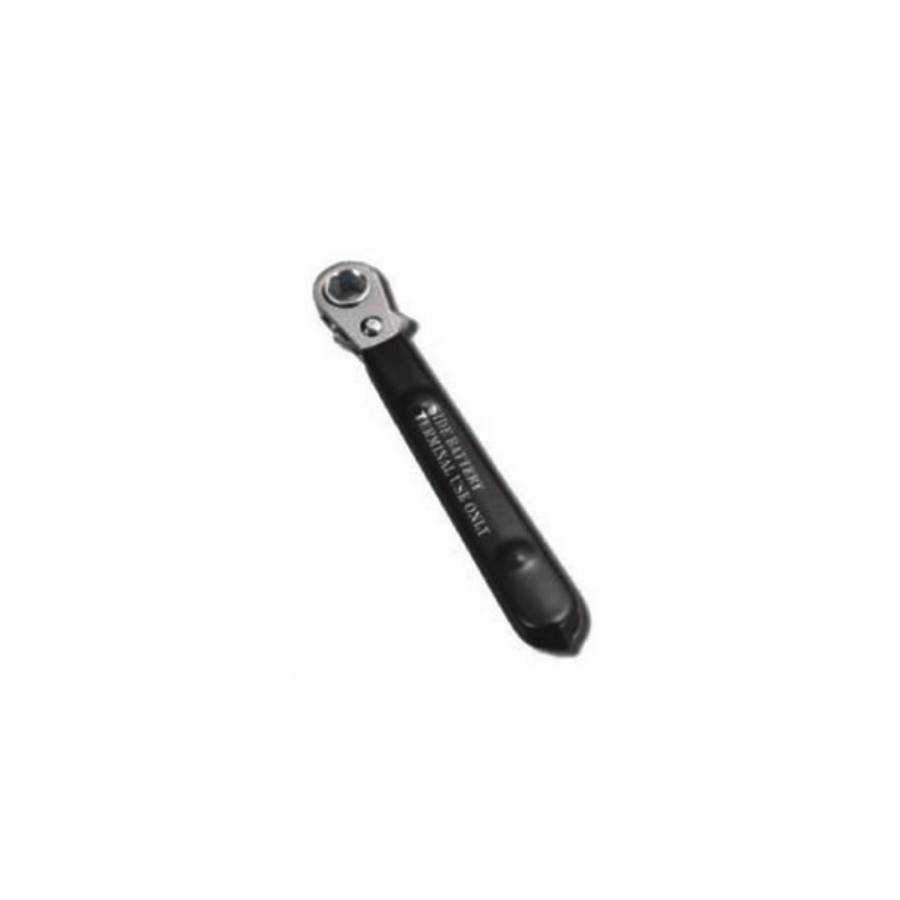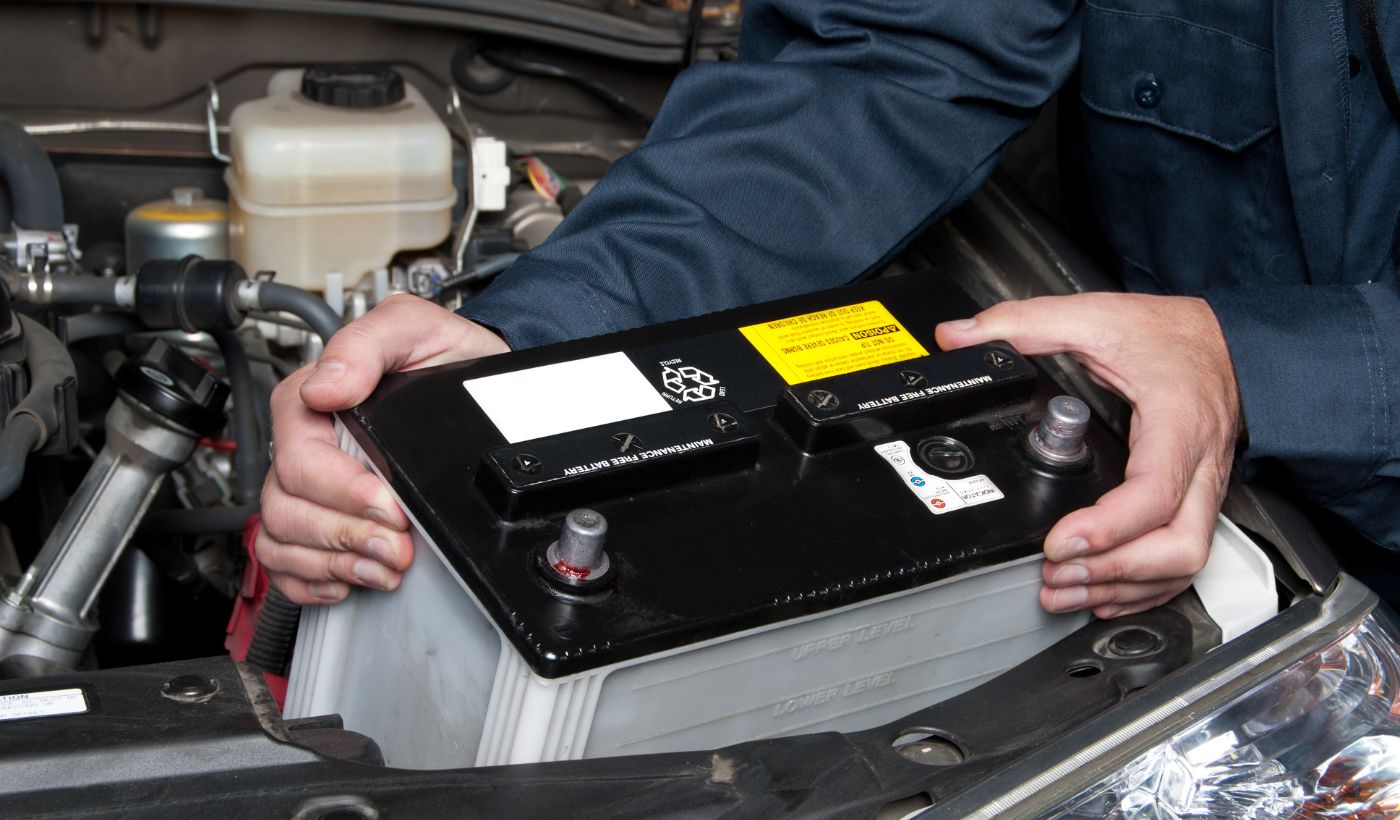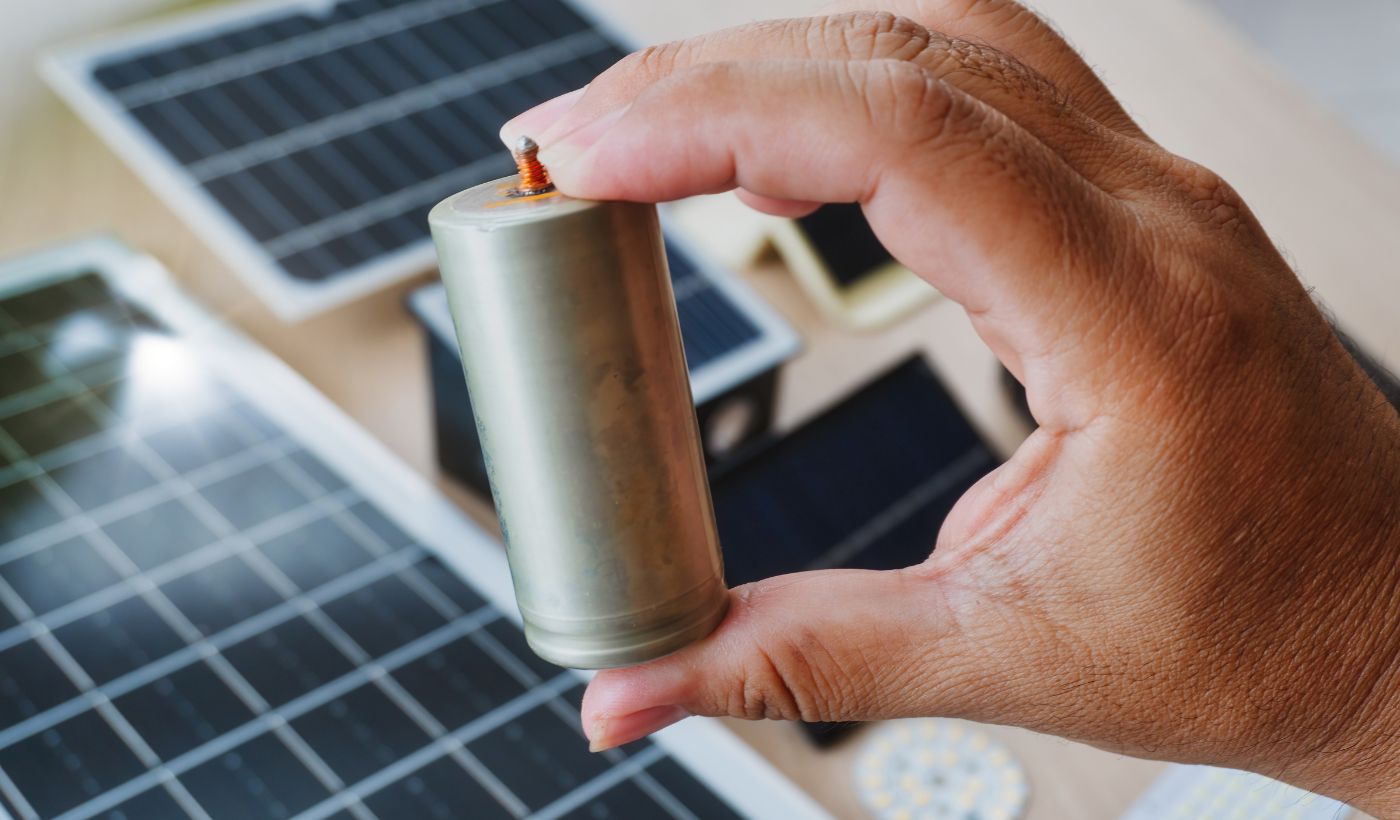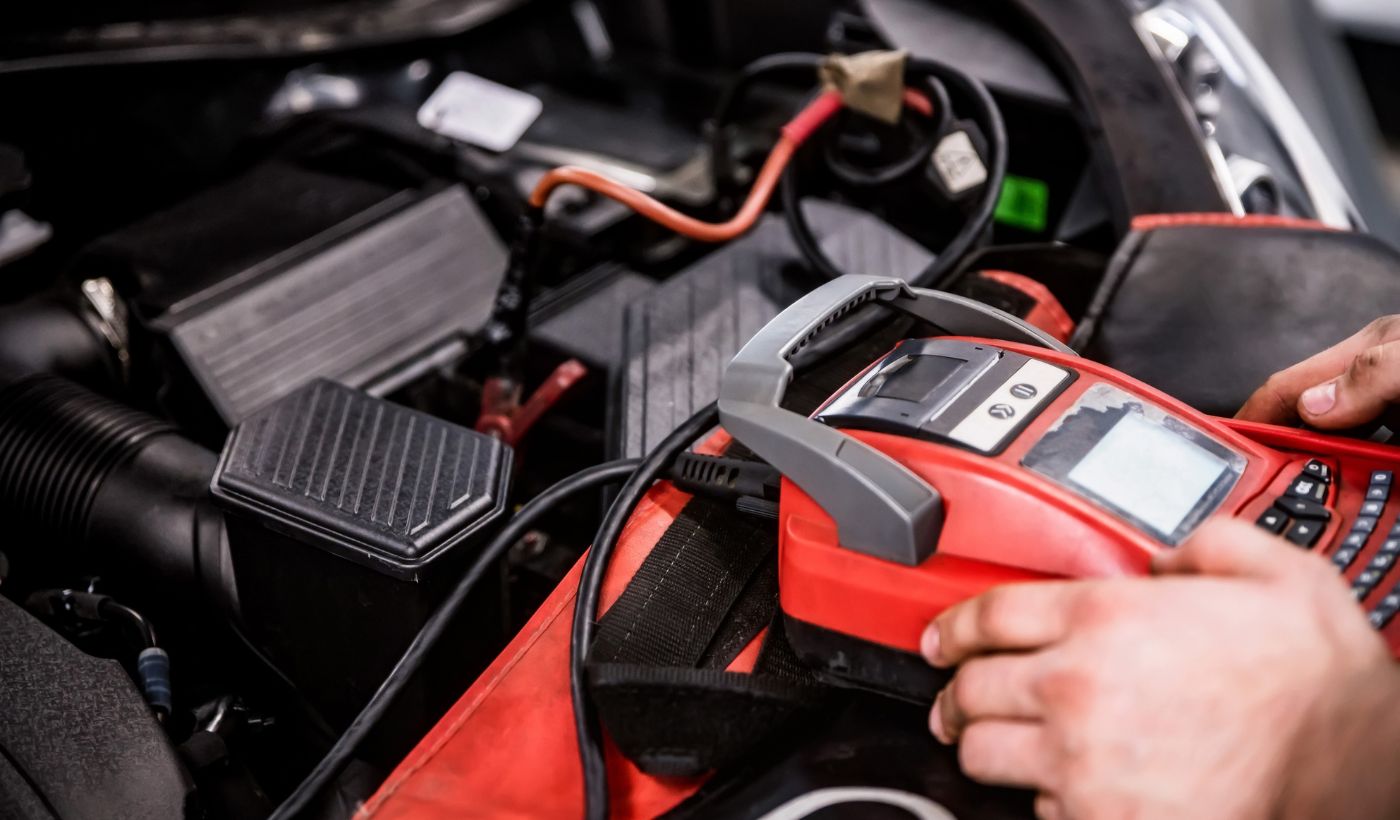
Ensuring Safe and Sustainable Battery Recycling from Collection to Reuse
Recycling batteries is a complex process that requires careful handling due to the hazardous materials they contain. Whether it’s a car battery, golf cart battery, industrial, marine, or solar battery, ensuring safety is our top priority. Here’s a detailed look at how the recycling process works, and the steps we take to keep the environment, workers, and communities safe.
Step 1: Safe Collection and Packaging
The first step in the recycling process is the collection of used batteries. Batteries can contain dangerous chemicals such as lead, lithium, and acids, which must be handled with care. During collection, we follow strict guidelines for packaging:
- Battery Inspection: We inspect all batteries for leaks or damage. Damaged batteries are safely contained to prevent chemical spills.
- Palletizing: Batteries are sorted and securely placed on pallets, following packaging instructions to ensure they remain stable during transport.
- Protective Gear: Workers wear safety gear, including gloves and goggles, to protect against exposure to harmful substances.
Step 2: Safe Transportation
Transporting batteries is another critical point in the process, as improper handling can result in leaks, spills, or even fires, especially with lithium-based batteries. To ensure safe transportation:
- Certified Transportation: We work with licensed and certified transporters who adhere to all regulations for transporting hazardous materials.
- Compliance with Regulations: Our transportation process complies with local and international hazardous material regulations, ensuring batteries are safely moved to recycling facilities.
- Proper Containment: Batteries are kept in approved containers that prevent spills and protect from external impacts that could cause damage during transit.
Step 3: Sorting and Disassembly
Once the batteries reach the recycling facility, they are sorted by type—such as lead-acid, lithium-ion, and nickel-based batteries. Each type of battery undergoes a different recycling process to ensure materials are safely extracted:
- Sorting: Batteries are categorized based on their chemical composition, since each type requires specific handling and recycling techniques.
- Disassembly: Batteries are carefully disassembled in controlled environments to separate hazardous components like lead and acid from recyclable materials like metals and plastics.
Step 4: Safe Material Recovery
The materials inside batteries are highly valuable but must be recovered in a way that minimizes health risks and environmental harm. Here’s how we safely recover and recycle materials:
- Neutralizing Hazardous Chemicals: Lead-acid batteries contain dangerous sulfuric acid. This acid is neutralized before further processing, ensuring no harmful substances are released into the environment.
- Controlled Environment: The recycling of lithium-based and other batteries is conducted in temperature-controlled facilities to reduce the risk of fires and explosions.
- Metal Recovery: Recyclable metals such as lead, steel, nickel, and lithium are safely extracted and purified for reuse. The materials are handled with advanced filtration and ventilation systems to ensure worker safety.
Step 5: Disposal of Non-Recyclable Components
Some components of batteries, such as certain types of plastics or insulation, may not be recyclable. These materials are disposed of according to strict environmental guidelines:
- Proper Disposal: Non-recyclable materials are sent to approved disposal facilities, where they are handled in an environmentally responsible way to minimize any negative impact.
- Waste Minimization: We aim to reduce the amount of non-recyclable waste by focusing on improving recycling efficiency and recovery rates.
Step 6: Reuse of Recovered Materials
Recovered materials like lead, steel, and lithium are refined and reused in the manufacturing of new batteries and other products:
- Closed-Loop Recycling: Many of the materials recovered from recycled batteries are reused in the production of new batteries, contributing to a circular economy.
- Reduced Environmental Impact: By reusing valuable metals and reducing the need for mining raw materials, we lower the overall environmental footprint of battery production.
Safety Precautions at Every Stage
Throughout the battery recycling process, safety is the cornerstone of every action we take:
- Worker Safety: All personnel handling batteries are equipped with personal protective equipment (PPE) and undergo regular training to handle hazardous materials safely.
- Fire Prevention: Lithium-ion batteries, especially, carry a risk of catching fire if damaged. Our facilities are equipped with advanced fire suppression systems and follow stringent fire prevention protocols.
- Environmental Protection: Our recycling methods are designed to minimize emissions and prevent hazardous waste from contaminating air, water, or soil.
Partner with Us for Safe and Responsible Battery Recycling
Recycling your used batteries not only contributes to resource conservation but also protects the environment and public health. By following strict safety guidelines at every step, from collection to material recovery, we ensure a safe and responsible recycling process for all types of batteries, including car, golf cart, industrial, marine, and solar batteries.
Make the safe choice—recycle your batteries with us today!

